August 27, 2024
Five Proven Methods To Protect Your Child From Drugs
Discover five ways to protect your child from drugs and build a strong, supportive foundation for their future.
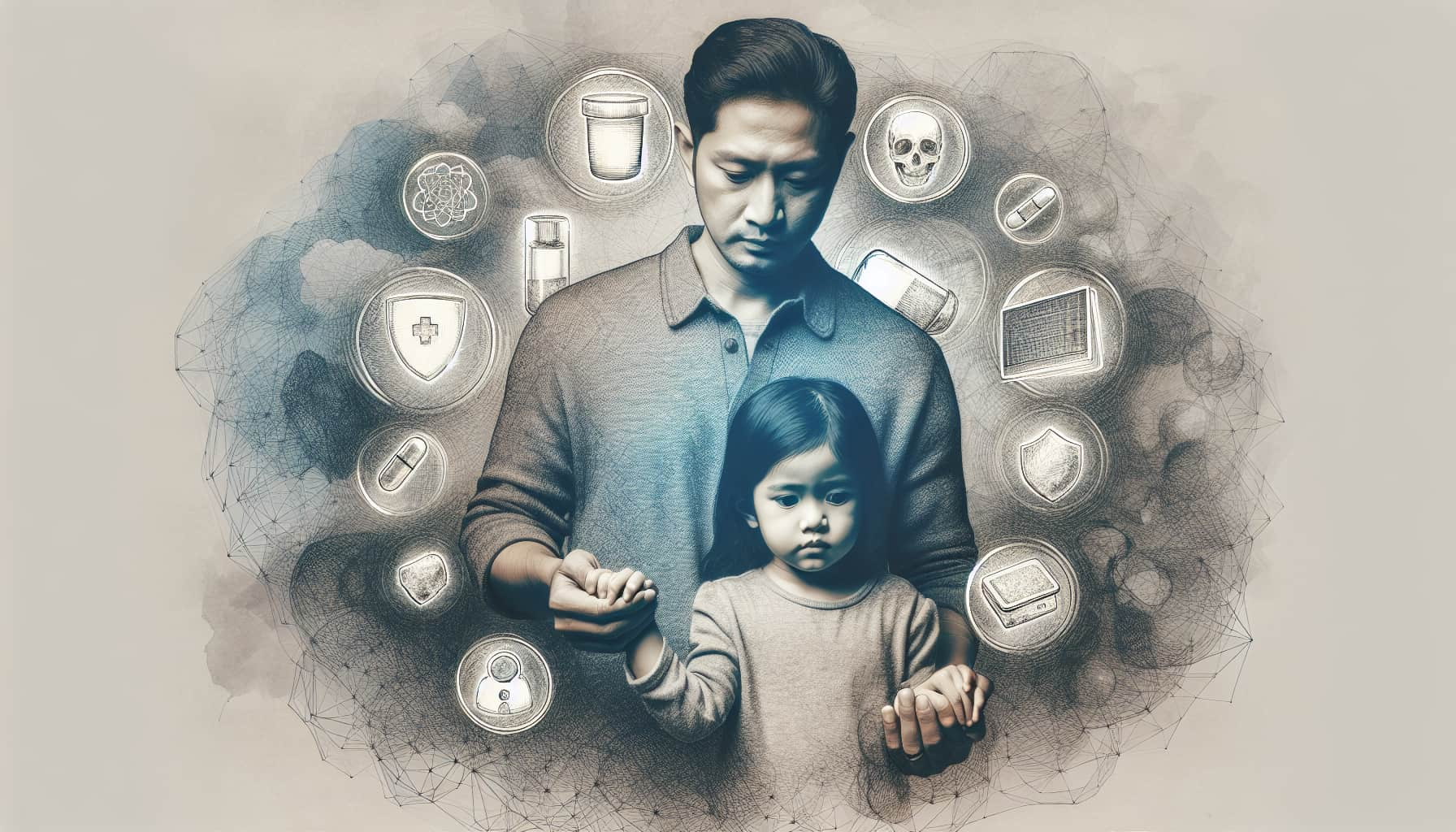
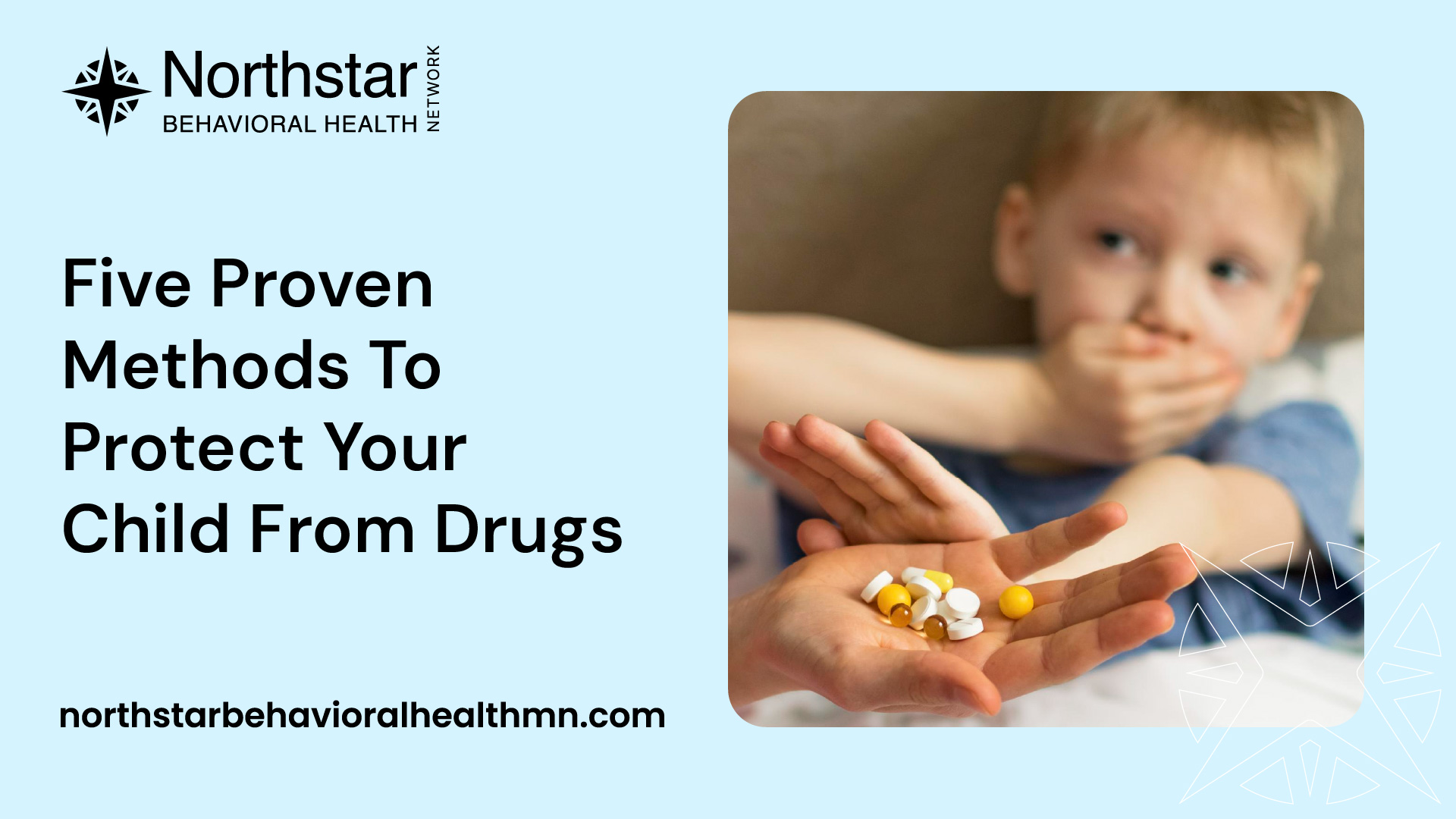
Understanding the Risk
Understanding the risk of drug use among youth is crucial for parents and guardians aiming to protect their children. Awareness of the reality of drug use and its impact on children can guide efforts to build a safer environment.
The Reality of Drug Use Among Youth
Statistical data shows that drug use is a significant concern among young people. According to recent studies, a notable percentage of high school students have reported experimenting with drugs.
Substance & Percentage of High School Students Reporting Use:
- Marijuana: 22%
- Prescription Pain Relievers: 11%
- Cocaine: 4%
- Methamphetamine: 2%
These numbers indicate a troubling reality that many youth are exposed to substances at an early age. It is essential for parents to recognize these trends and engage in conversations about the dangers of drug use.
Impact of Drug Use on Children
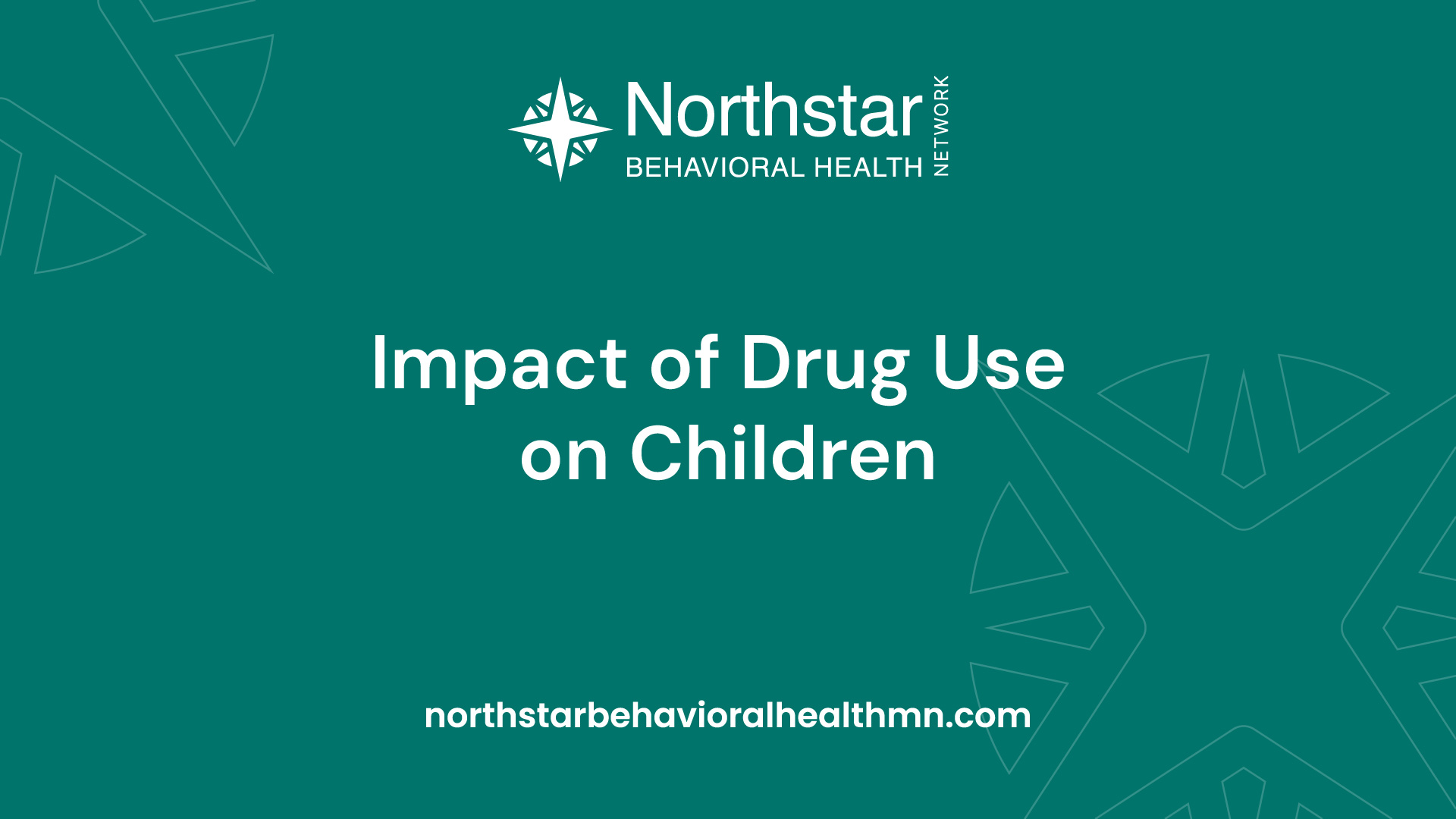
The impact of drug use on children can be profound and long-lasting. Engaging in substance abuse can lead to various negative outcomes, affecting their physical health, mental well-being, and academic performance.
- Physical Health Risks: Drug use can result in serious health issues, including addiction, respiratory problems, and increased risk of infectious diseases.
- Mental Health Consequences: Many young users experience increased anxiety, depression, and other mental health disorders that can affect their daily lives and relationships.
- Academic Challenges: Studies indicate that marijuana use increases chances of kids becoming college dropouts. Academic performance can suffer as well, leading to lower grades and higher absenteeism.
For more information on the specific effects of drug use, refer to our article on marijuana use increases chances of kids becoming college drop outs.
Recognizing the risks associated with drug use is the first step in implementing strategies for prevention, including the five ways to protect your child from drugs. Understanding the reality and consequences can empower parents to take proactive measures in safeguarding their children's futures.
Building a Strong Foundation
Creating a solid foundation is essential for protecting children from the risks of drug use. Two key components of this foundation are open communication and trust, as well as setting clear boundaries.
Open Communication and Trust
Establishing open lines of communication fosters trust between parents and children. When children feel safe discussing their thoughts and feelings, they are less likely to hide their struggles or engage in risky behaviors. Parents should encourage their children to share their experiences, thoughts, and concerns regarding drugs and peer pressure.
Here are some effective strategies for promoting open communication:
- Active Listening: Show genuine interest in what your child is saying. Nod, maintain eye contact, and ask follow-up questions.
- Non-Judgmental Attitude: Approach conversations without judgment. This encourages children to express themselves freely.
- Regular Check-Ins: Schedule regular times to talk, such as during family meals or car rides. This creates a routine for open discussions.
Parents can also share their own experiences and values regarding substance use. This sharing can help children understand the importance of making informed choices. For more insights on addiction and family dynamics, visit our article on addiction is a family disease.
Setting Clear Boundaries
Setting clear boundaries helps children understand acceptable behaviors and the consequences of their actions. Parents should communicate their expectations regarding drug use and the potential risks associated with it. Children need to know that their safety is a priority.
Consider the following tips for establishing boundaries:
- Define Rules: Create specific rules about drug use, such as "no drug use at any time" or "no attending parties without adult supervision."
- Explain Consequences: Clearly outline the consequences for breaking these rules. This could include loss of privileges or additional responsibilities.
- Be Consistent: Consistency in enforcing rules helps children understand the seriousness of the boundaries set.
It is also important for parents to model healthy behaviors. Children are more likely to respect boundaries when they see their parents practicing what they preach. For example, discussing the risks associated with substances, such as marijuana use increases chances of kids becoming college drop outs, can reinforce the message.
By building a strong foundation through open communication and clear boundaries, parents can significantly reduce the likelihood of their children experimenting with drugs. This foundation is vital for fostering resilience and healthy decision-making skills.
Educating Your Child
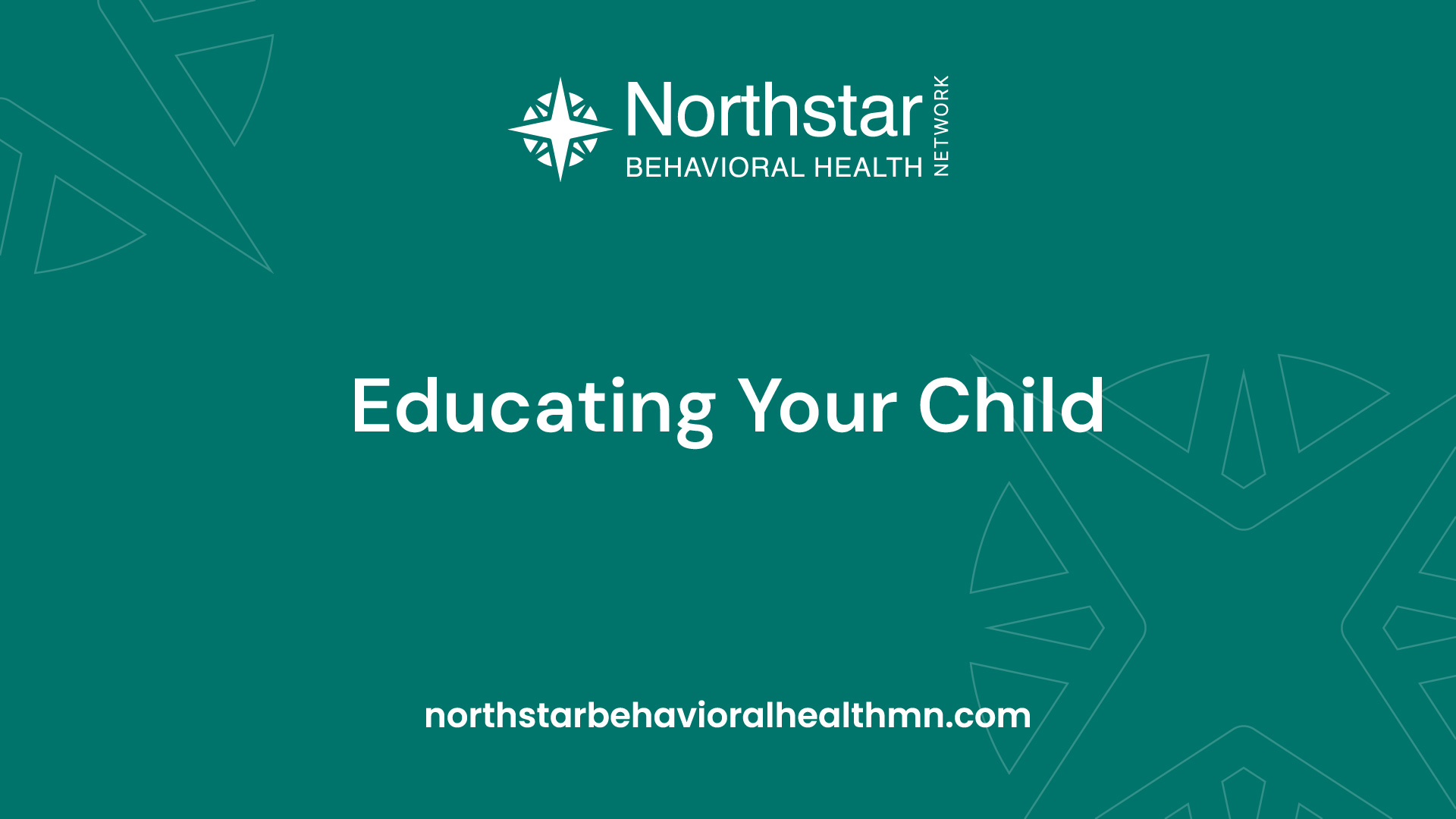
Education plays a crucial role in protecting children from the dangers of drug use. Providing accurate information and discussing peer pressure can empower children to make informed choices.
Providing Accurate Information
It is essential to share factual and age-appropriate information about drugs and their effects. Understanding the risks associated with drug use can help children make better decisions. Here are some important topics to cover:
- Types of Drugs: Explain the different categories of drugs, such as stimulants, depressants, and hallucinogens.
- Effects on Health: Discuss both the short-term and long-term effects of drug use on physical and mental health.
- Myths vs. Facts: Debunk common myths surrounding drug use, such as "it's just a phase" or "everyone is doing it."
Encouraging children to ask questions can open up lines of communication. Providing them with resources, such as books or reputable websites, can also enhance their understanding. For more information on addiction, visit our article on chris herren’s “rebound”: a journey of overcoming drug addiction.
Talking About Peer Pressure
Peer pressure can significantly influence a child's decisions regarding drug use. Discussing this topic can prepare them to handle various situations. Here are some strategies to address peer pressure:
- Role-Playing: Practice scenarios where they may face peer pressure, allowing them to develop responses.
- Encourage Assertiveness: Teach children to say "no" confidently and to stand firm in their beliefs.
- Identify Positive Friends: Help children recognize friends who support healthy choices and steer clear of those who do not.
By fostering open dialogue about peer pressure, children will feel more equipped to resist it when faced with real-life situations. For insights into how marijuana use can affect academic performance, check out our article on marijuana use increases chances of kids becoming college drop outs.
Recognizing Warning Signs
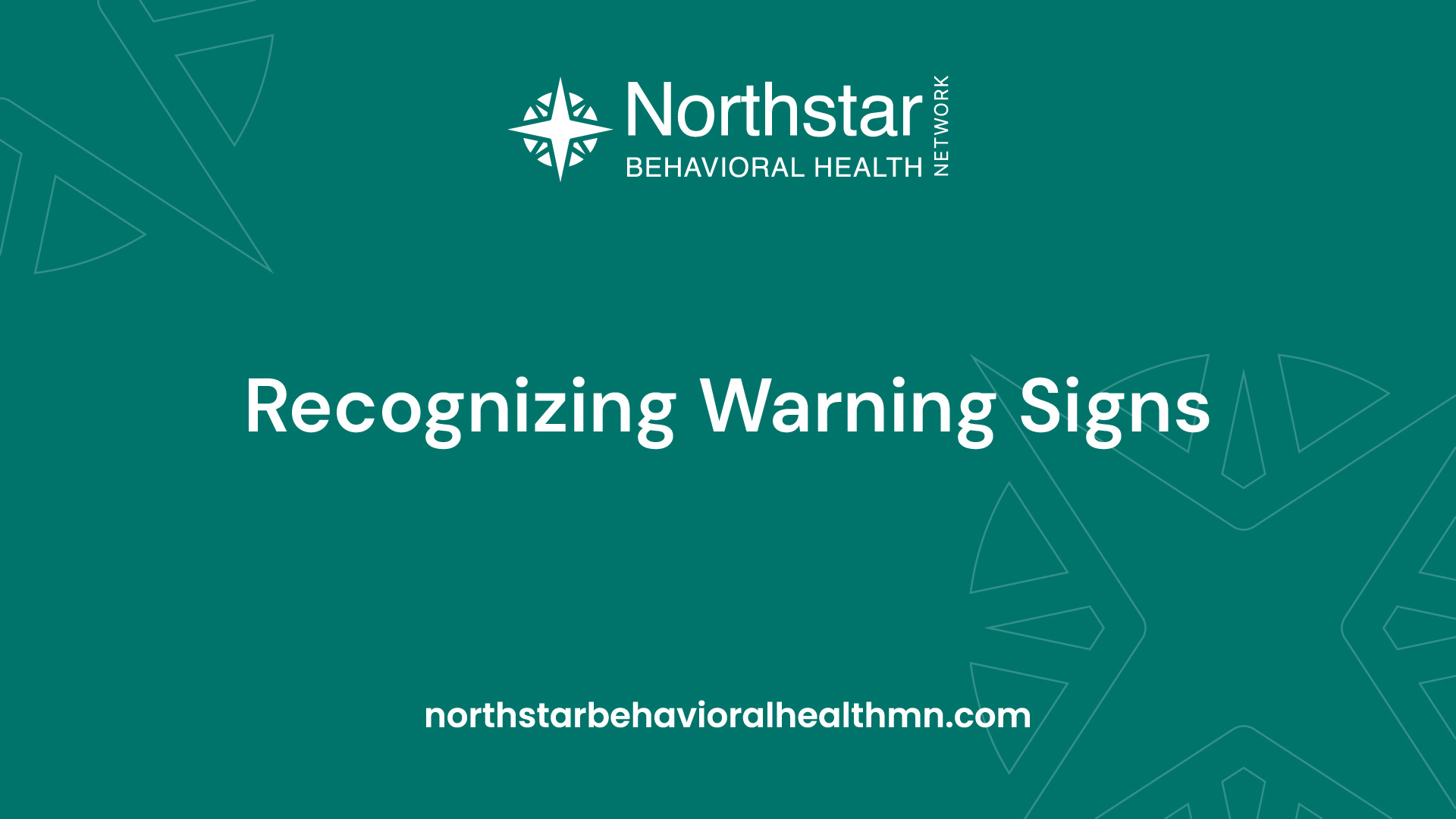
To effectively protect children from drugs, it is essential to recognize the warning signs that may indicate substance use. These signs can manifest in both behavioral and physical changes.
Behavioral Changes
Behavioral shifts can be one of the first indicators of potential drug use. Parents and guardians should be vigilant for the following changes:
- Withdrawal from Family: A child may spend less time with family and show disinterest in family activities.
- Changes in Friendships: New friends or a sudden change in social circles can indicate a shift toward risky behaviors.
- Decline in Academic Performance: Noticeable drops in grades or lack of interest in schoolwork can be concerning.
- Secretive Behavior: Increased secrecy about activities or possessions may suggest involvement with drugs.
- Mood Swings: Sudden changes in mood, including irritability or depression, can be a warning sign.
Recognizing these behavioral changes can help caregivers address issues early. For more information on building a strong foundation for communication, refer to five ways to protect your child from drugs.
Physical Signs
In addition to behavioral changes, physical signs can also indicate drug use. Parents should watch for:
- Bloodshot Eyes: Red or glazed eyes can be a common sign of intoxication.
- Changes in Appetite: Significant weight loss or gain may be linked to substance use.
- Poor Personal Hygiene: Neglecting personal grooming can indicate a lack of interest in self-care.
- Unusual Smells: Strong odors on clothing or breath could suggest drug use.
- Physical Injuries: Frequent unexplained injuries or accidents may be a warning sign.
Identifying these physical signs can prompt timely intervention and support. For more insights into addiction's impact on families, consider reading about addiction is a family disease and six common roles of the family members of addicts.
Creating a Supportive Environment
Establishing a supportive environment is essential for helping children resist the allure of drugs. This can be achieved through encouraging healthy hobbies and being actively involved in their lives.
Encouraging Healthy Hobbies
Engaging children in positive activities can significantly reduce the likelihood of them turning to drugs. Hobbies provide an outlet for stress and a way to build self-esteem. Encouraging children to participate in sports, arts, or community service can foster a sense of belonging and purpose.
Hobby Type & Benefits:
- Sports: Promotes teamwork, physical fitness, and discipline.
- Arts & Crafts: Encourages creativity and self-expression.
- Music: Enhances cognitive skills and emotional intelligence.
- Community Service: Develops empathy and social responsibility.
By promoting these activities, parents can help children develop interests that keep them occupied and fulfilled. For more insights into the effects of drug use, consider exploring how marijuana use increases chances of kids becoming college dropouts.
Involvement in Their Lives
Active participation in a child's life is crucial for building a supportive environment. This means attending school events, engaging in conversations about their day, and showing interest in their friends and activities. When children feel valued and understood, they are less likely to seek validation from drugs.
Parents can create a routine that includes family time, such as game nights or outdoor activities. This not only strengthens the family bond but also provides opportunities for open discussions about challenges they may face, including peer pressure.
Involvement Type & Activities:
- School Events: Attend plays, sports games, and parent-teacher meetings.
- Family Activities: Plan outings, movie nights, or cooking together.
- Open Communication: Regularly check in on feelings and friendships.
Supportive involvement fosters trust and encourages children to share their experiences and challenges. For more on the importance of family dynamics, read about how addiction is a family disease.
Creating a nurturing atmosphere through healthy hobbies and active involvement can serve as powerful protective factors, helping children navigate their formative years without falling into drug use.
Seeking Professional Help
When addressing the issue of drug addiction, seeking professional help can be a vital step in the recovery process. Professional support can provide individuals with the tools needed to overcome addiction and lead a healthier life.
Counseling and Therapy
Counseling and therapy are essential for individuals struggling with addiction. These services offer a safe space for individuals to express their feelings, confront their challenges, and develop coping strategies. Different types of therapy may be beneficial, including:
- Individual Therapy: One-on-one sessions to address personal issues related to addiction.
- Group Therapy: Sessions with peers who share similar experiences, promoting support and understanding.
- Family Therapy: Involves family members to address the impact of addiction on family dynamics.
Counselors and therapists can help individuals understand the root causes of their addiction and create personalized treatment plans. Moreover, therapy can help in building strong coping mechanisms to deal with stress and triggers that may lead to substance use. For more information on family dynamics in addiction, refer to our article on addiction is a family disease.
Support Groups
Support groups can play a significant role in recovery from drug addiction. These groups offer a community of individuals who provide emotional support and share their experiences. Common types of support groups include:
- 12-Step Programs: Structured programs that follow a set of steps to achieve sobriety.
- Non-12-Step Programs: Alternative groups that do not follow the traditional 12-step approach but still offer support.
- Online Support Groups: Virtual meetings that allow individuals to connect with others from the comfort of their homes.
Being part of a support group can help individuals feel less isolated in their struggles. They can learn from others and gain insights into successful recovery strategies. For those seeking to understand the triggers for relapse, our article on four main triggers for relapse in recovery offers valuable information.
Engaging in counseling, therapy, and support groups can be crucial components in the journey of overcoming drug addiction. These resources not only provide guidance but also foster a sense of community and shared understanding among those facing similar challenges.

.jpg)


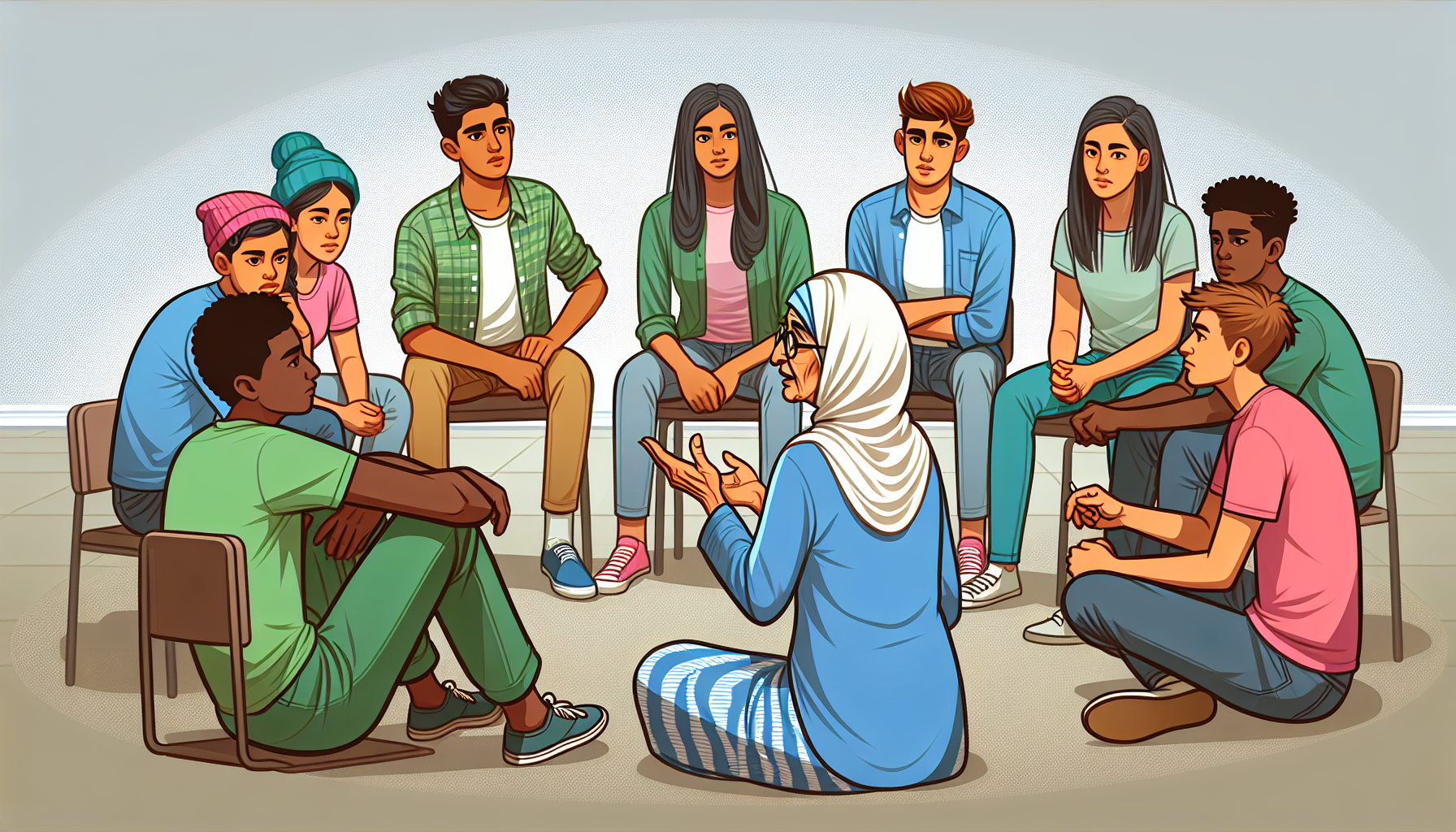

.jpg)

